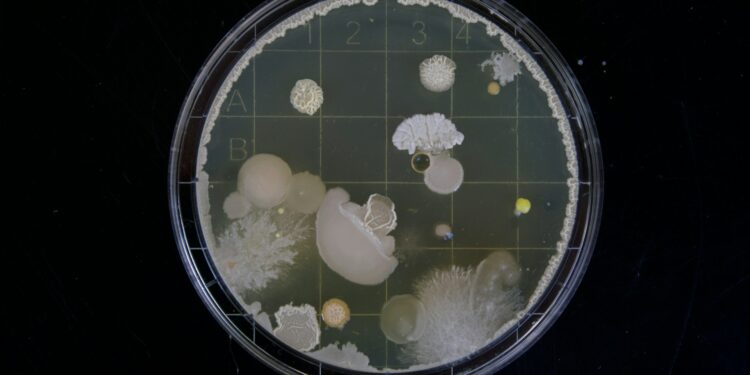The recent storms have increased the cases.
After hurricanes Helene and Milton left widespread destruction in Florida, the state now faces a concerning health threat: an increase in flesh-eating bacterial infections. The Florida Department of Health recently issued a warning, advising residents to stay clear of floodwaters where the dangerous Vibrio vulnificus bacteria, which can cause severe and sometimes deadly skin infections, may thrive.
In their statement, officials cautioned that “floodwaters increase the risk of infections, particularly Vibrio vulnificus, which can be life-threatening.” Following heavy rain and flooding, bacteria levels can rise, especially in saltwater and brackish areas.
The state initially recorded six cases of Vibrio vulnificus before Hurricane Helene’s landfall in late September, but by month’s end, that number had jumped to 24. Since both hurricanes hit, Florida has confirmed a total of 38 new infections, bringing the annual total to 74 cases. Pinellas and Hillsborough counties, which suffered significant storm surges, saw the most substantial increases. According to officials, prior to Helene, Pinellas had no reported cases, while Hillsborough had just one. Post-hurricane, cases rose to 14 in Pinellas and seven in Hillsborough.
To reduce exposure, health officials recommend avoiding floodwaters entirely. For those who must enter, covering wounds with waterproof bandages and washing thoroughly afterward can help reduce infection risks. Vibrio vulnificus can infect individuals through open wounds or by consuming undercooked seafood. The Centers for Disease Control and Prevention warns that people with weakened immune systems, liver disease, or untreated wounds face the highest risk.
On average, the CDC reports 150 to 200 Vibrio vulnificus cases annually, with a mortality rate of about 20 percent. This surge is not unprecedented; following Hurricane Ian in 2022, Florida also saw a rise in cases, with infections totaling 74 by year’s end.

































Discussion about this post